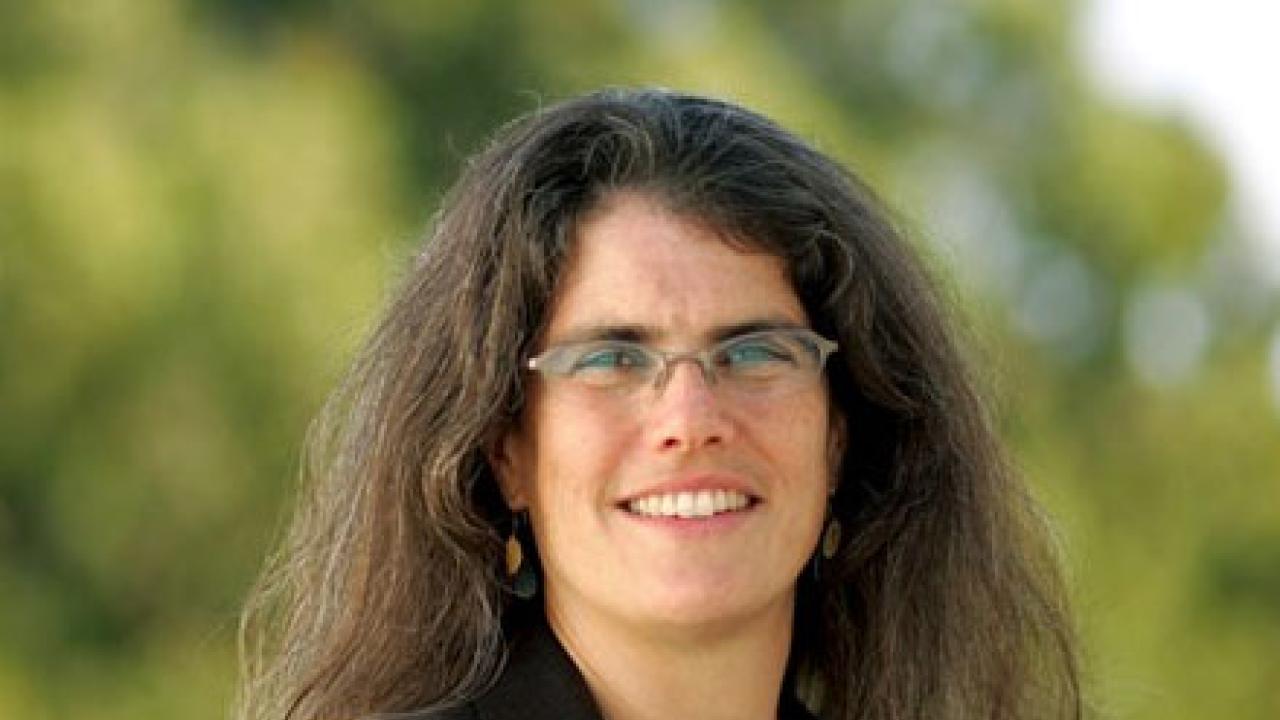
ICTP is pleased to announce that Andrea M. Ghez, a 2020 Nobel Laureate in Physics, will give the keynote address at its Diploma 30th Anniversary celebration. Ghez will give a lecture on "Our Galactic Center: A Unique Laboratory for the Physics & Astrophysics of Black Holes".
The talk takes place today, 25 August, at 17:00 CET, and can be viewed via a livestream on ICTP's YouTube channel.
Professor Ghez became the fourth woman to be awarded the Nobel Prize in Physics, sharing one half of the prize with Reinhard Genzel (the other half of the prize being awarded to Sir Roger Penrose). Ghez and Genzel received the Nobel "for the discovery of a supermassive compact object at the centre of our galaxy", now generally recognized to be a black hole, in the Milky Way's galactic center.
Ghez is a professor of physics and astronomy and the Lauren B. Leichtman & Arthur E. Levine chair in Astrophysics at the University of California Los Angeles (UCLA). She is one of the world's leading experts in observational astrophysics and heads UCLA's Galactic Center Group. Her work on the orbits of stars at the center of the Milky Way has opened a new approach to studying black holes, and her group is currently focused on using this approach to understand the physics of gravity near a black hole and the role that black holes play in the formation and evolution of galaxies.
Lecture Abstract: The proximity of our Galaxy's center presents a unique opportunity to study a galactic nucleus with orders of magnitude higher spatial resolution than can be brought to bear on any other galaxy. After more than a decade of diffraction-limited imaging on large ground-based telescopes, the case for a supermassive black hole at the Galactic center has gone from a possibility to a certainty, thanks to measurements of individual stellar orbits. The rapidity with which these stars move on small-scale orbits indicates a source of tremendous gravity and provides the best evidence that supermassive black holes, which confront and challenge our knowledge of fundamental physics, do exist in the Universe. This work was made possible through the use of speckle imaging techniques, which corrects for the blurring effects of the earth's atmosphere in post-processing and allowed the first diffraction-limited images to be produced with these large ground-based telescopes.
Further progress in high-angular resolution imaging techniques on large, ground- based telescopes has resulted in the more sophisticated technology of adaptive optics, which corrects for these effects in real time. This has increased the power of imaging by an order of magnitude and permitted spectroscopic study at high resolution on these telescopes for the first time. With adaptive optics, high resolution studies of the Galactic center have shown that what happens near a supermassive black hole is quite different than what theoretical models have predicted, which changes many of our notions on how galaxies form and evolve over time. By continuing to push on the cutting-edge of high-resolution technology, we have been able to capture the orbital motions of stars with sufficient precision to test Einstein’s General Theory of Relativity in a regime that has never been probed before.
















